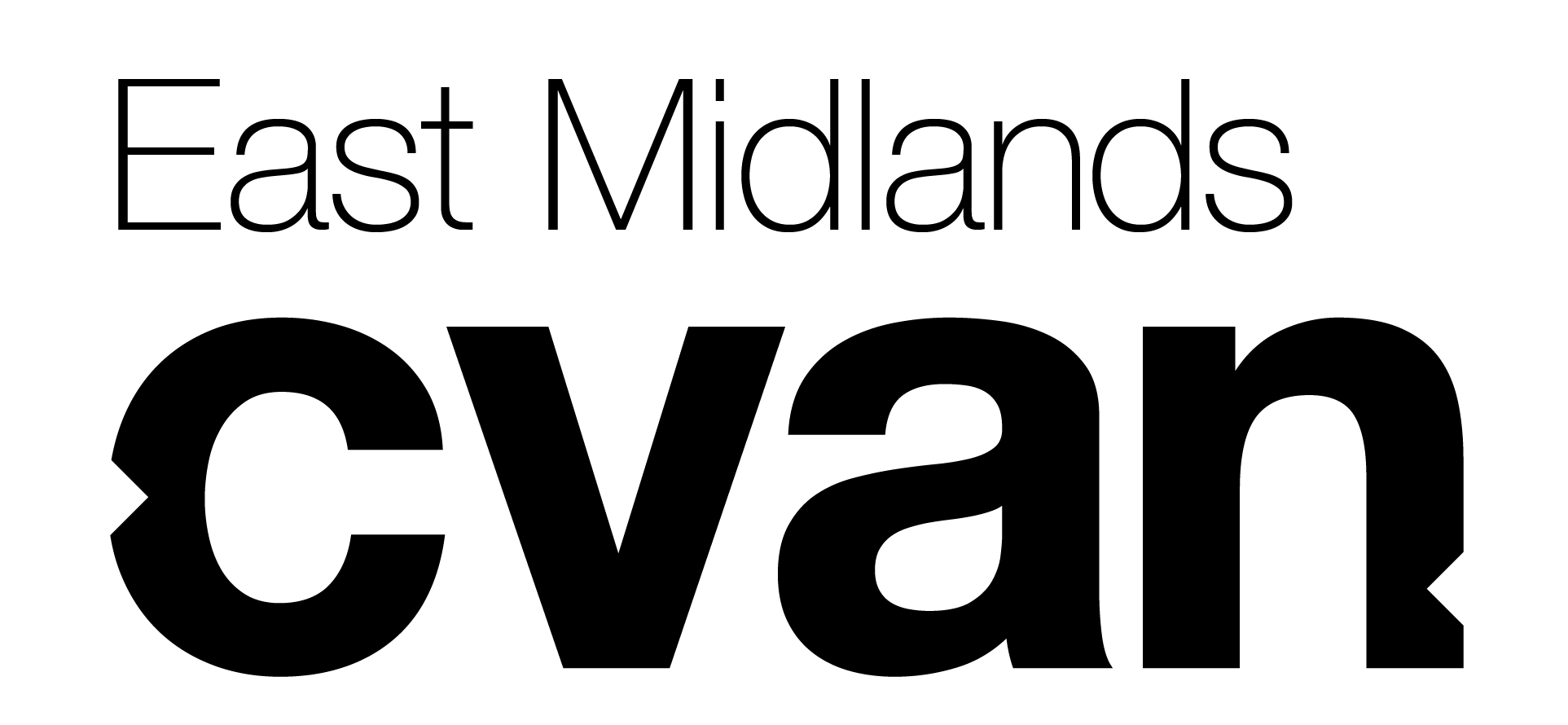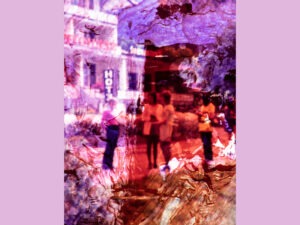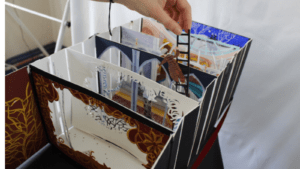
Joe Cheetham
From: 15th March 2018 12:00 pm
To: 14th April 2018 5:00 pm
Trade Gallery
33 Seely Road, Nottingham NG7 1NU, UKHashtag
#JoeCheethamAbout
March 15th – April 14th
Gallery Open – Thurs – Fri 12pm – 5pm
Wed and Sat by prior appointment.
Interview with Joe Cheetham
Your work seems intentionally varied in style but somehow hangs together well, from abstracts to cats. Perhaps we should start there, where is the tiger from?
The ‘Tiger’ pieces came out of an interest in the reproduction of Folk Art for everyday use or decoration, every culture has its own folk art. You see it everywhere from tourist stalls to IKEA. I had been saving various examples – in particular Korean ‘Jakhodo’ paintings; which the tiger (said to chase away evil spirits) is an element of. I really enjoyed the image of the tiger and began making several studies from different Jakhodo examples; slowly these small tiger paintings became like studio mascots, if you like and purely by their constant presence I began including them as an element in the work.
I like the idea that these images and things in the studio start to ‘leak’ into the work…
Yeah, I have this large and super varied archive of visual material that I have been collecting for years, and over time you begin to build unexpected connections between things, almost like being part of this collection starts to become a thing in itself, or more precisely this habitual tendency to treat different images with the same value, creates the variety of images in my practice.
As well as the different images there are also different styles, how did you come to make these different styles of work?
I’ve limited studio space so it has been crucial to develop a practice that utilises the space I have effectively – whilst work was drying on the walls, it made sense to develop another method of working such as the dyed works that I make on the floor. The space and materials I have available varies from month to month, so to me it seems natural to have a practice that can work through the same idea in several different ways. Having said that, I don’t necessarily view the works as being about different things, they inform each other – I certainly don’t view my work as being in these distinct spaces.
I think these different processes give the work a confidence and a swagger, which I enjoy, when I was working only in oils it didn’t have that ease. My older work more directly appropriated images, I built up my archive through that. I guess it is more now to have a broad spectrum of visuals that you see and work from, It makes sense to me that the processes are as varied as the original images.
How did you come to make sprayed work?
During my MFA I became fascinated by artists reproducing the accidental painterly qualities of a buffed and tagged wall or torn billboard. I was interested in graffiti vandalism and in particular how I could adopt the attitude of both graffiti writer and property owner in the act of painting. The first sprayed works I made were all about this, the fraught relationship between tag and buff, a mark and its removal. I would begin with a drawing often in the form of a cartoon or tag that I would then paint over and then re-spray. In this way my process became performative, creating space for the medium to dictate and unexpected qualities to emerge.
You apply spray paint in several different ways can you talk more about that?
I use pretty much exclusively on 160cm x 125cm stretchers, allowing me to replicate the scale, movement and variety of gesture that you see on tagged walls and by maintaining a set scale I want to force the focus onto the gestural and material quality of each work.
I work on both sides of the canvas using special cans and caps. I can force paint through the surface which allows a great amount of freedom, as it creates the illusion that the marks are at different depths. I’m seeking ways to mark the surface that feel unconventional, or at least they reduce the level of control I have, often it is the ‘mistakes’ and ‘accidents’ that dictate how a body of work develops. I like to say that these are not ‘mistaken’ paintings but paintings full of ‘mistakes’.
With the more abstract pieces, you use dye as well, almost treating the canvas like a garment, or something else?
I think it’s easier to think of them like rubbings or even etchings, in many ways they are more printed than painted, I also I don’t think of it in relation to clothes. The dyed pieces began as a response to heavier sprayed works. I wanted to find a way of using the gesture of the sprayed ‘tag’, which incorporated the materiality of the canvas in a more conscious way. I begin by scratching and bruising the raw canvas using my fingernails as well as various tools; marks that are only fully revealed when the surface is stained with dye, this is where they dye comes into its own.
Could you say something about the new works in this exhibition the have some of the elements of your previous work but also there seems to have been a further shift, can you talk a bit about them?
The figurative sprayed works that I do begin with a drawing, the simplified line of cartoons functions as a warm up, that ‘activates’ the paintings surface and helps me get into a certain frame of mind – helping inform the feel of the painting. In the past I have used characters like Dennis the Menace, Homer Simpson etc. I find that recognisable forms are more difficult to obscure, so the painting almost makes you work harder…
The new paintings focus on a style of cartooning that to me has very a British manner, I wanted the self-deprecation of Viz Magazine’s gurning figures to sit alongside the Acid/ Rave cues of smiley suns and Moschino shirts. I wanted to make more specific references and bring in a British attitude; it’s the fags, beer and ‘weekender’ hedonism of small town Britain that i’m attracted to– I’m originally from Macclesfield, Ian Curtis’ death place – a town that like much of the North West that still suffers from a Factory Records/ Hacienda comedown. It’s hard not to be affected by the music legacy from that area when you grow up. Perhaps everyone from there says that? It’s still a big deal even though, even so, in Manchester, it’s band town, a music town.
I have a collection of Rave Flyers from the 90s, in my archive which I’ve been looking through a lot, I love the dance floor superlatives used to describe nights out in the most obscure of locations – the higher states to be found in a car park off the M6… There is a almost a glamour in it’s un-glamorousness! I think the early 90s, is still a hugely important cultural moment especially for a certain part of Britain where nothing like it has happened since. For me it seems like a time that everything looked, like it felt, like it sounded – if that makes sense an aesthetic and music convergence.
At the same time, there is a distance for me, I was born in ‘92, so it’s all other people’s experiences I’m thinking about. So these works are slightly removed – I don’t want to make a nostalgic piece, wouldn’t want to go back, we’d be a bit surprised about how backward 1992 felt. We gloss over that bit. I guess I’ve not been inspired by any recent equivalents where music, design and fashion all coalesced, does that even happen anymore?
Exhibition Supported by Arts Council England





